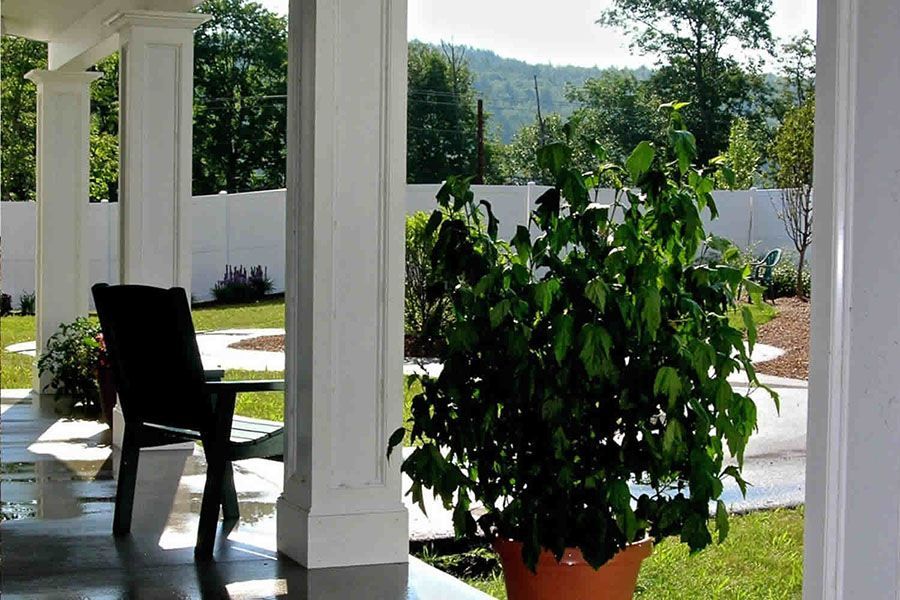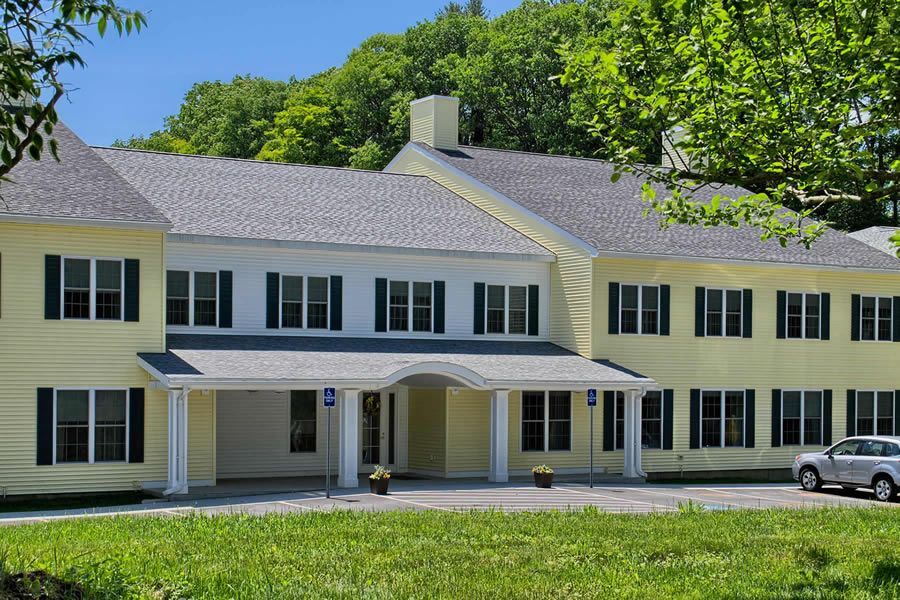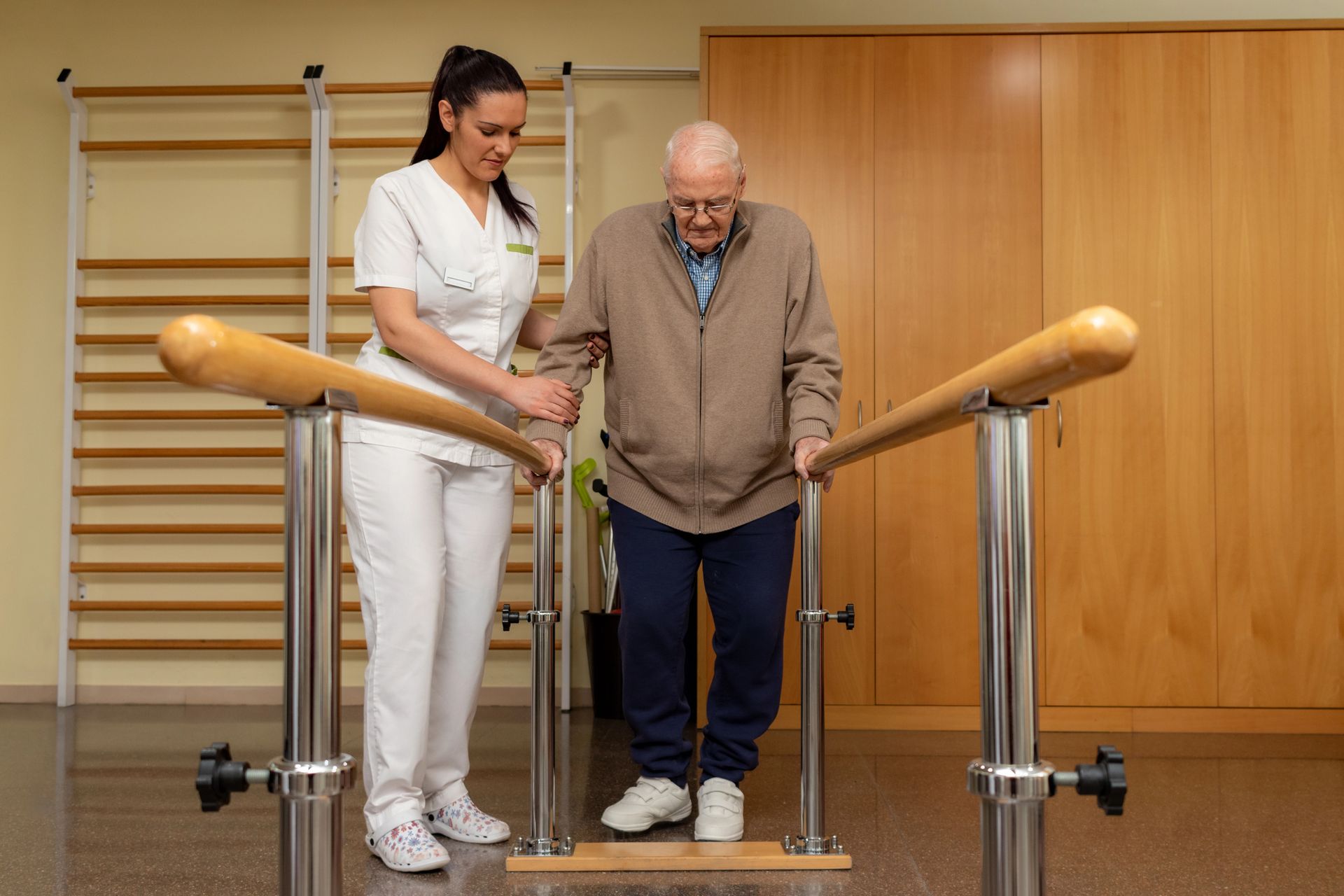Independent Senior Housing: Your Complete Guide to Maintenance-Free Living Communities
The transition from managing your own home to joining a vibrant senior community represents one of life's most significant lifestyle changes. As many older adults approach retirement, the burden of home maintenance and yard work may no longer align with their vision of an active, fulfilling lifestyle. Independent senior housing offers a compelling solution that combines freedom from household responsibilities with access to amenities, social connections, and peace of mind.
This comprehensive guide will walk you through everything you need to know about independent senior housing, from understanding different community types to making a successful transition. Whether you're exploring senior living options for yourself or helping a loved one navigate this important decision, you'll discover how these living communities can enhance quality of life while preserving independence.
What is Independent Senior Housing
Independent senior housing refers to residential communities specifically designed for active adults, typically ages 55 and older, who can live independently without requiring assistance with daily living activities. These communities operate on a fundamental principle: residents maintain their independence while enjoying the convenience of maintenance free living and access to convenient amenities.
The key distinction between independent living and assisted living lies in the level of support services provided. Independent living communities do not offer medical care or medication management. Residents are responsible for their own personal care, healthcare decisions, and daily routines. This makes independent senior housing ideal for many older adults who simply want to eliminate the hassles of home ownership without sacrificing their autonomy.
These living communities support independence through thoughtful design and services that remove common barriers to active aging. Instead of worrying about roof repairs, lawn care, or snow removal, residents can focus on pursuing new interests, maintaining social connections, and exploring more opportunities for personal growth. The target demographic typically includes healthy, active seniors who value social engagement and want to stay active while planning for their future needs.
Independent senior housing communities come in various forms, from luxury resort-style developments to affordable senior apartments. What unites them is their commitment to providing a lifestyle that enhances well being while respecting residents' desire for independence and freedom.
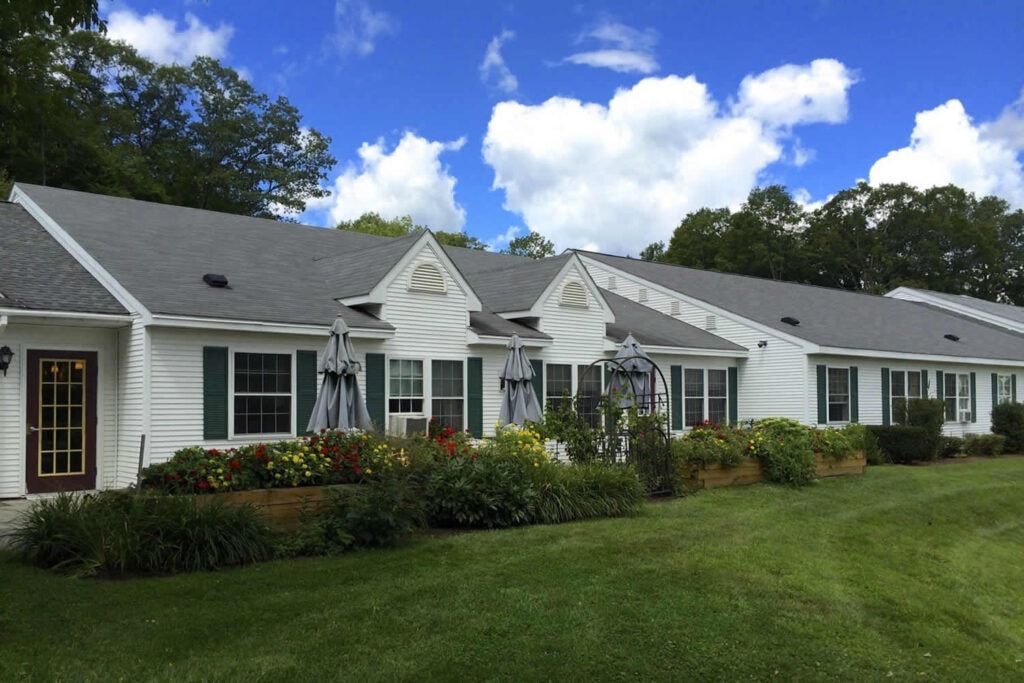
Types of Independent Senior Housing Communities
Age-Restricted Apartments and Condominiums
Senior living apartments represent one of the most popular forms of independent senior housing. These 55+ apartment communities feature modern amenities specifically designed with older adults in mind. Many communities offer spacious floor plans, updated kitchens, and accessibility features that make daily living more comfortable and safe.
Condominium ownership options provide an alternative for those who prefer owning rather than renting their residence. These senior community developments often include shared amenities like fitness centers, social spaces, and maintenance services while allowing residents to build equity in their homes.
When considering rental versus ownership, evaluate your long-term plans and financial situation. Rental communities typically include most services in monthly fees, while condominium ownership may offer more customization options but requires additional consideration of property taxes, association fees, and potential resale concerns.
Active Adult Communities
Active adult communities represent the epitome of resort-style senior living. These living communities often feature golf courses, tennis courts, and extensive recreation centers that rival luxury resorts. Many communities include swimming pools, walking trails, and clubhouses designed to support an active lifestyle and foster new friendships.
Villa and single-family home options within these communities appeal to residents who prefer more space and privacy while still enjoying community amenities and services. These homes often feature universal design elements, single-floor living, and low-maintenance exteriors that eliminate yard work concerns.
Gated communities provide enhanced security and often include concierge services, transportation services, and 24-hour security. These features contribute to peace of mind for both residents and their families, knowing that assistance and support are readily available when needed.
Essential Features and Amenities
Housing Features
Modern independent senior housing incorporates accessible design elements that support aging in place. Wider doorways accommodate mobility aids, while grab bars in bathrooms provide additional safety. No-step entries eliminate tripping hazards and make navigation easier for residents with mobility challenges.
Emergency response systems represent a crucial safety feature in many communities. These systems, often worn as pendants or bracelets, connect residents directly to emergency services or on-site staff. This technology provides peace of mind while maintaining independence and privacy.
Floor plan options vary significantly among communities, from studio apartments to large villas. Many communities offer customization possibilities, allowing residents to personalize their living spaces with their own furniture and décor. This flexibility helps ease the transition from a previous home while creating a comfortable new home environment.
Community Amenities
Fitness centers and wellness programs form the cornerstone of many independent living communities. These facilities often include swimming pools, exercise equipment designed for older adults, and fitness classes tailored to various ability levels. Regular fitness programs support physical health and provide opportunities to stay active and meet new friends.
Dining venues and meal plan options eliminate the burden of grocery shopping and cooking while providing social opportunities. Many communities feature restaurants with chef prepared meals, casual dining spaces, and flexible meal plans that accommodate different preferences and schedules. Some residents appreciate the convenience of having meals available while maintaining the option to cook in their own apartments.
Social spaces including clubhouses, libraries, and game rooms create natural gathering places for residents to pursue favorite hobbies and develop new interests. Beauty and barber salons provide convenient on-site services, while activity rooms host educational programs, social activities, and special events that enrich community life.
Transportation services represent a valuable amenity that supports independence as driving abilities change. Many communities provide scheduled transportation to medical appointments, shopping centers, and local attractions, ensuring residents maintain access to essential services and entertainment options.
Services and Support
Maintenance free living represents perhaps the most appreciated aspect of independent senior housing. Communities typically handle all exterior maintenance, landscaping, utilities, and common area upkeep. This eliminates the physical demands and financial unpredictability of home ownership while ensuring properties remain well-maintained and attractive.
Housekeeping and laundry services vary among communities but often include weekly cleaning services and linen service. These support services free residents from time-consuming household tasks, allowing more time for social activities, hobbies, and relaxation.
Activity programming and social events create structure and opportunities for engagement within the community. From fitness classes to book clubs, travel opportunities to educational workshops, robust programming helps residents stay active, learn new skills, and maintain social connections.
Optional services like personal care and home health coordination provide flexibility as needs change. While independent living communities don't provide medical care directly, many communities maintain relationships with healthcare providers and can help coordinate additional services when residents require temporary or ongoing assistance.
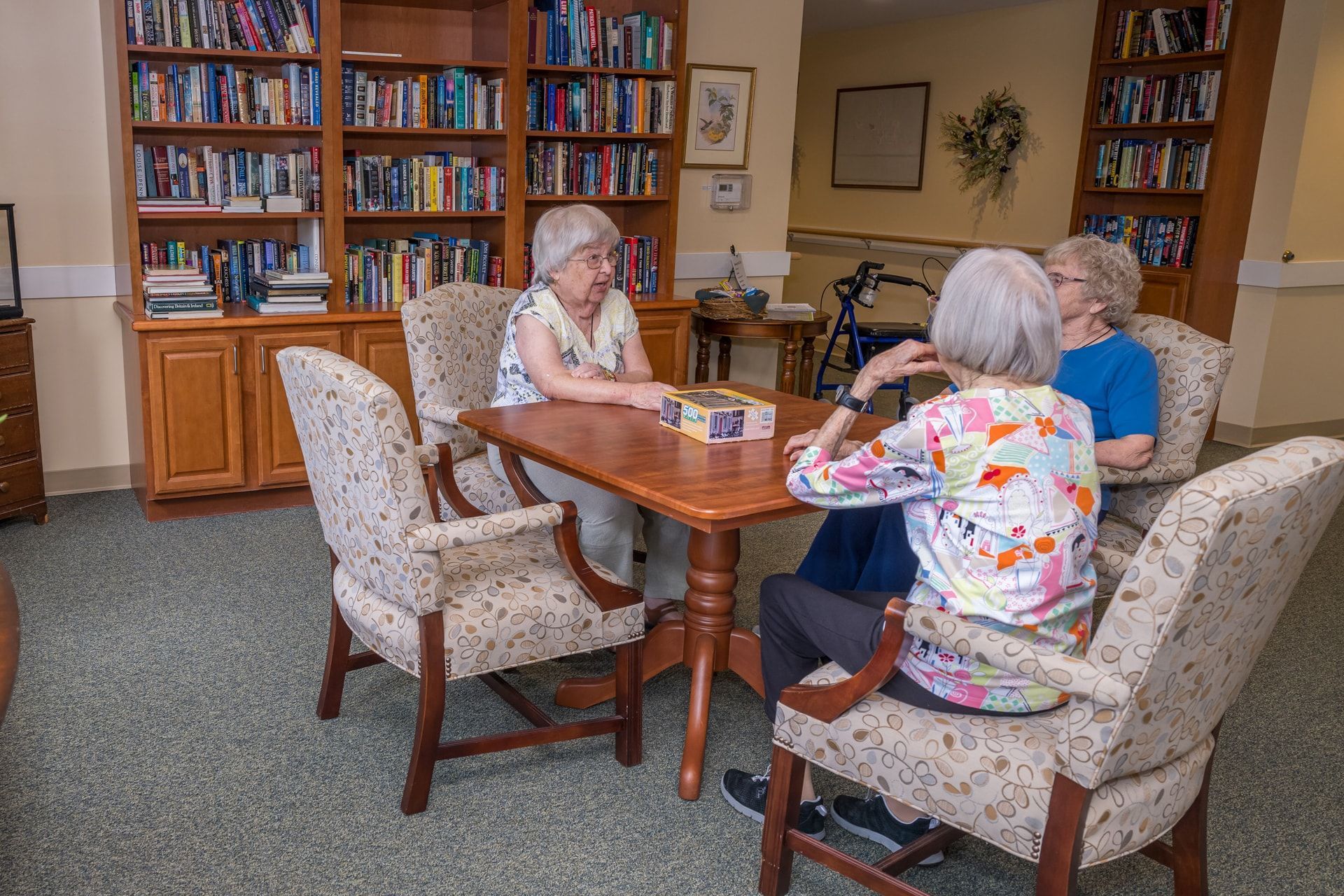
Benefits of Independent Senior Housing
Lifestyle Advantages
Freedom from home maintenance and yard work represents one of the most immediate and appreciated benefits of community living. No longer worrying about roof repairs, furnace maintenance, or lawn care allows residents to redirect their time and energy toward more enjoyable activities. This shift often leads to increased participation in social activities and pursuit of new interests.
Built-in social community and friendship opportunities address one of the most significant challenges facing aging adults: social isolation. Living among peers with similar life experiences creates natural opportunities to form new friendships and maintain an active social life. Many residents report that their social calendar is busier than it was in their previous home.
Access to amenities typically unavailable in traditional housing enhances daily life significantly. Private pools, fitness centers, organized travel opportunities, and on-site dining create a resort-like lifestyle that many residents find enriching and convenient. These amenities often cost significantly less than accessing similar services independently.
Enhanced safety and security features provide peace of mind for both residents and their families. Gated access, emergency response systems, and on-site staff create a secure environment that allows residents to feel safe while maintaining their independence and privacy.
Health and Wellness Benefits
Opportunities for active living and physical fitness abound in most independent living communities. On-site fitness centers, walking trails, swimming pools, and organized fitness programs make it easier to maintain physical health and establish regular exercise routines. Many residents find they're more active after moving to a senior community than they were in their previous homes.
Reduced isolation and improved mental health result from the built-in social aspects of community living. Regular interaction with neighbors, participation in group activities, and the security of knowing help is available contribute to better emotional well being and reduced anxiety about aging.
Access to wellness programs and health screenings helps residents maintain their health proactively. Many communities partner with healthcare providers to offer regular health screenings, educational seminars, and wellness checks that support preventive care and early intervention when health issues arise.
Emergency response systems provide crucial peace of mind without compromising independence. Knowing that help is immediately available in case of medical emergencies allows residents to feel secure while maintaining their autonomy and privacy in their own apartments or homes.
Is Independent Senior Housing Right for You
Ideal Candidates
Active adults seeking maintenance free living represent the primary demographic for independent senior housing. If you find yourself spending increasing amounts of time and money on home repairs, yard work, and property maintenance, a senior living community may offer welcome relief and allow you to focus on more enjoyable activities.
Those wanting to downsize from larger homes often find independent senior housing provides the perfect solution. Moving from a large family home to a smaller, more manageable living space can reduce both physical and financial burdens while providing access to amenities that enhance quality of life.
People seeking social engagement and community benefit significantly from the built-in social aspects of senior living communities. If you're concerned about isolation or want to expand your social circle, these communities provide numerous opportunities to meet new friends and participate in social activities.
Individuals planning for future care needs appreciate the foresight of choosing communities that offer multiple levels of care or easy access to support services. While you may not need assistance now, having a plan in place can provide peace of mind for both you and your family.
Self-Assessment Questions
Current home maintenance challenges and burden should factor heavily into your decision-making process. Consider how much time, energy, and money you spend on home upkeep, and whether these responsibilities detract from your ability to enjoy retirement. If maintenance tasks have become difficult or stressful, community living may offer significant benefits.
Social isolation concerns and desire for community connection deserve honest evaluation. Assess your current social network and activities, considering whether you have adequate opportunities for social interaction and community engagement. If you find yourself feeling lonely or disconnected , a senior living community might provide the social stimulation you're seeking.
Transportation needs and mobility considerations become increasingly important as we age. Evaluate your current transportation situation and consider how changes in driving ability might affect your independence. Communities with transportation services can provide crucial support as mobility needs change.
Future health planning and care preferences require thoughtful consideration. While independent senior housing doesn't provide medical care, consider how your current community choice might affect your options if your health needs change. Some communities offer easier transitions to higher levels of care when needed.

How to Choose the Right Community
Location and Accessibility
Proximity to family, friends, and healthcare providers significantly impacts your quality of life in any new community. Consider how often you want to see family members and whether the location allows for regular visits. Access to trusted healthcare providers should also factor into your decision, as changing doctors can be disruptive and stressful.
Climate preferences and regional considerations may influence your choice, especially if you're considering relocating to a different area. Many retirees choose to move to warmer climates, but consider the impact of being farther from family and established support networks. Weather-related factors like snow removal and extreme temperatures may affect your daily life and mobility.
Transportation access and walkability within the broader community affect your independence and quality of life. Evaluate whether you can access essential services, shopping, dining, and entertainment venues either through community transportation or within walking distance. Good public transportation access can extend your independence as driving abilities change.
Community Culture and Lifestyle
Visiting communities and meeting current residents provides invaluable insight into the daily life and culture of potential new homes. Schedule multiple visits at different times of day and week to get a comprehensive view of community activities and resident interactions. Current residents can offer honest perspectives about their experiences and satisfaction with their choice.
Activity programming alignment with personal interests ensures you'll find meaningful ways to spend your time and connect with like-minded residents. Review activity calendars and programming offerings to ensure they align with your interests and hobbies. Consider whether the community offers opportunities to explore new interests and develop new skills.
Community size preferences vary among individuals, with some preferring intimate settings where they can know most residents and others enjoying the amenities and variety that larger communities provide. Consider whether you prefer a smaller, more intimate environment or a larger community with more diverse programming and amenities.
Pet policies and accommodation needs require careful consideration if you have beloved animal companions. Many communities welcome pets but have restrictions on size, number, or type of animals allowed. Ensure any community you consider can accommodate your pets and provides appropriate outdoor spaces and services.
Practical Considerations
Floor plan options and living space requirements should match your lifestyle needs and preferences. Consider how much space you need, preferred layout features, and whether you want outdoor space like a patio or balcony. Think about storage needs and whether the available options accommodate your belongings comfortably.
Contract terms and fee structures vary significantly among communities and require careful review. Understand what services are included in base fees versus additional charges, entrance fee requirements, and policies regarding fee increases. Some communities require significant upfront payments while others operate on monthly rental models.
Future care options and community expansion plans provide insight into long-term viability and planning. If you're interested in aging in place, understand what options exist if your care needs change. Some communities have partnerships with home health agencies or assisted living facilities that can ease transitions if needed.
Cost and Financial Planning
Understanding Pricing Models
Monthly rental fees versus entrance fee communities represent two primary financial models in independent senior housing. Rental communities typically charge monthly fees that include most services and amenities, similar to apartment living. Monthly fees for full-service independent senior apartments typically range from $2,200 to $4,600, depending on location, amenities, and included services.
What's included in base pricing versus additional costs requires careful evaluation to understand total living expenses. Base fees typically include housing, maintenance, some utilities, and basic amenities. Additional costs might include premium meal plans, housekeeping services, guest accommodations, and personal services like beauty salon treatments.
Regional cost variations and market factors significantly impact pricing across different areas. Communities in major metropolitan areas typically cost more than similar communities in smaller cities or rural areas. However, consider the total cost of living, including healthcare access, entertainment options, and proximity to family when evaluating different locations.
Financing Options
Using home sale proceeds for community entry represents the most common financing approach for many residents. The equity built up in a longtime family home often provides substantial resources for entrance fees or several years of monthly community fees. Consider timing the sale to optimize financial benefits and reduce stress during the transition.
Long-term care insurance considerations may help offset future costs if health needs change. While independent living typically isn't covered by long-term care insurance, having coverage in place can provide financial protection if you need to transition to assisted living or memory care in the future.
Veterans benefits and other assistance programs may provide financial support for eligible individuals. Veterans and surviving spouses may qualify for benefits that help offset housing costs, while other programs assist low income seniors with affordable housing options. Research available programs early in your planning process.
Tax implications and potential deductions deserve professional consultation to understand fully. Some communities qualify for certain tax advantages, while entrance fees may have different tax implications than monthly rental payments. Consult with financial and tax professionals to understand the implications of your specific situation.
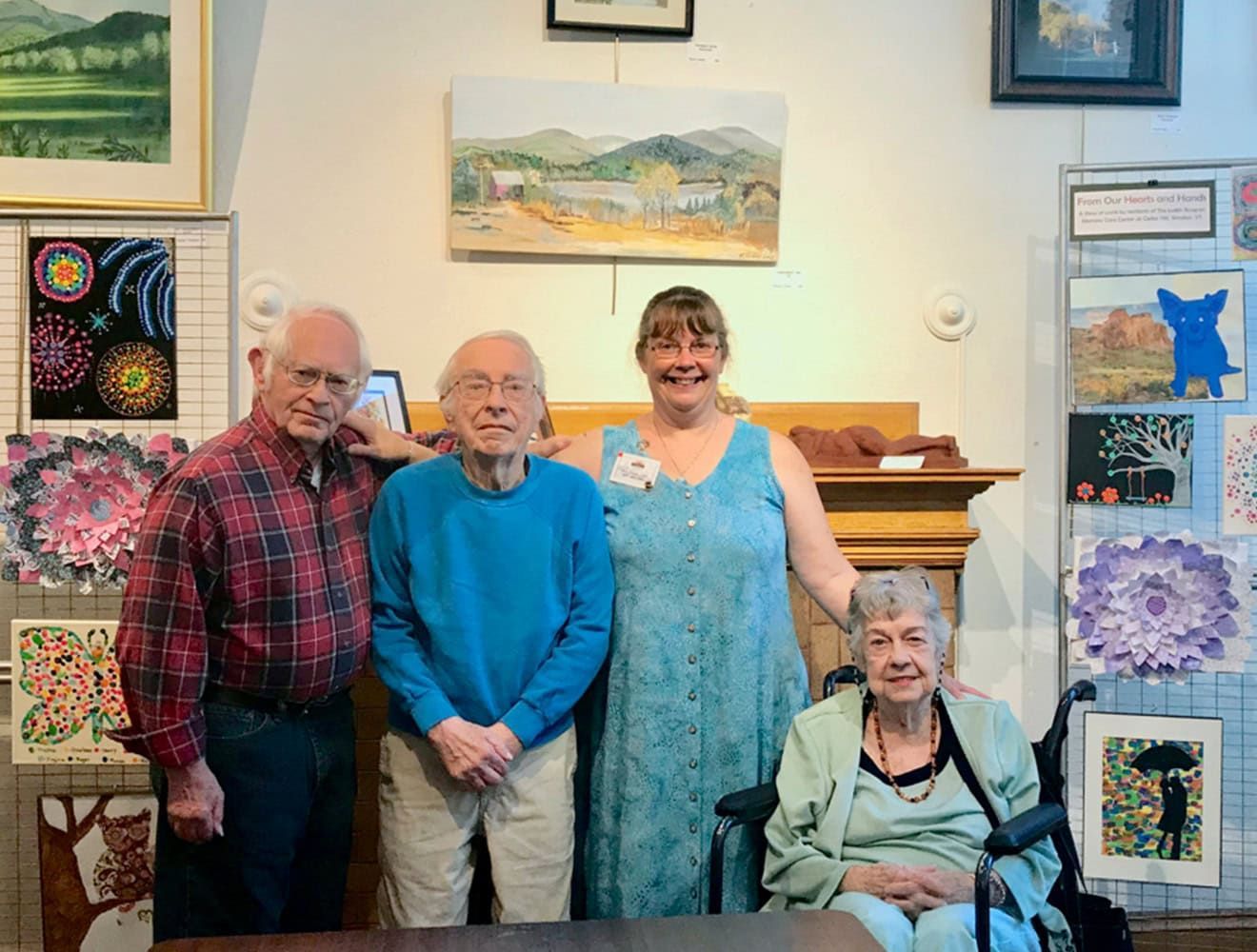
Making the Transition Successfully
Emotional Preparation
Addressing feelings about leaving your current home represents one of the most challenging aspects of this transition. It's natural to feel sadness about leaving a home filled with memories, even when you're excited about your new community. Allow yourself time to process these emotions and consider keeping meaningful items and creating memory books to honor your previous home.
Involving family in the decision-making process can provide valuable support and reduce anxiety for everyone involved. Include adult children and other important family members in community visits and discussions about your preferences and concerns. Their input and support can make the transition smoother and help them feel comfortable with your decision.
Setting realistic expectations for community life helps ensure satisfaction with your new home. While communities offer many benefits, they also require adjustment to shared spaces, community policies, and different social dynamics. Understanding both the benefits and challenges of community living helps you prepare mentally for the transition.
Practical Moving Tips
Downsizing strategies and timeline planning require thoughtful consideration and organization. Start the downsizing process well before your move date, sorting belongings into categories: items to take, items to give to family, items to donate, and items to sell. Create a timeline that allows adequate time for each step without feeling rushed or overwhelmed.
Personalizing your new living space helps create a sense of home and continuity. Bring favorite furniture pieces, artwork, and decorative items that fit your new space and reflect your personality. Many communities allow some customization of living spaces, such as paint colors or minor modifications that can make your new home feel more personal.
Building relationships and getting involved in community activities accelerates your integration and helps you feel at home more quickly. Introduce yourself to neighbors, attend community events, and consider joining clubs or activities that match your interests. Many communities assign buddy systems or welcome committees to help new residents adjust.
Maintaining connections with friends and family outside the community ensures you don't lose important relationships during your transition. Plan regular visits, phone calls, and outings with longtime friends. Many residents find that their new community becomes a hub for entertaining family and friends, creating new opportunities for connection.
The decision to move to independent senior housing represents an investment in your future quality of life and well being. By choosing the right community that aligns with your lifestyle preferences, financial situation, and long-term goals, you can create a foundation for active, fulfilling retirement years.
Take the first step by visiting communities in your area and experiencing firsthand what maintenance free living can offer. Speak with current residents, tour different housing options, and attend community events to get a genuine feel for daily life. Remember that this decision isn't just about housing—it's about choosing a lifestyle that supports your independence while providing the support services and social connections that enhance your retirement years.
Whether you're seeking an active lifestyle with golf courses and fitness programs, a quieter community focused on comfort and convenience, or a continuing care retirement community that plans for future needs, the right independent senior housing community can provide the perfect balance of independence, convenience, and peace of mind for your next chapter of life.
